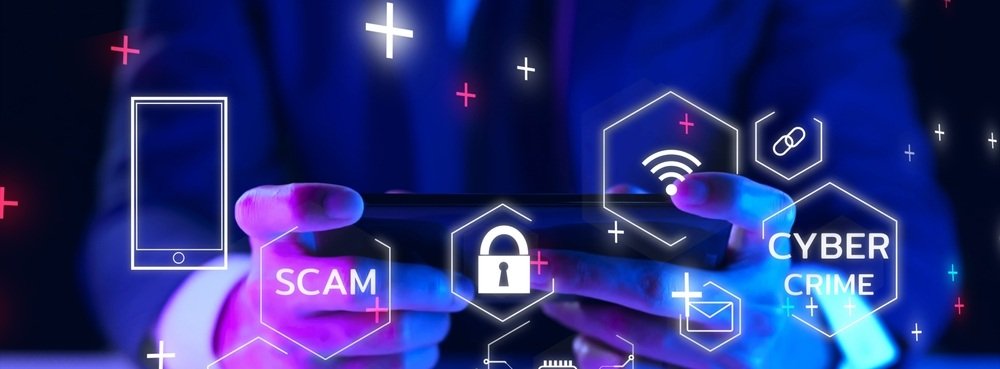
Phishing Activity
Phishing has increased by over 700% since 2020
Phishing attacks lure victims to a web site that appears to be operated by a trusted entity, such as a bank, a merchant or other service. The web site, however, is a deception, a fake, and the site’s fake content is designed to persuade a victim to enter sensitive information. Criminals use these fake websites to steal financial, business or personal information from those who visit and fall prey to the phishing attack.
Phisher require resources to conduct attacks, including domain names, Internet addresses, hosting, or cloud services. These resources are managed by a diverse set of businesses, governments, and non-government organizations that operate in one or more related Internet industry segments. The measurements we report quarterly illustrate where phishing is problematic in each segment and moreover, that phishing affects all of these segments in some way.
We publish these reports because we believe that measurements are necessary to drive informed decision making; however, the operational communities of the industry segments that cybercriminals exploit must commit to mitigation where they are able to do so. And to do so effectively, they must collaborate closely with cyber investigators, policy makers, legislators, and law enforcement.
Quarter over Quarter (QoQ) Comparisons
We compare the measurements of successive quarterly updates, to show whether phishing activity has increased or decreased over time, and where.
Quarter over Quarter updates compare phishing activity reported in successive, three-month periods beginning May 1, 2020. Select an activity focus and period from the dropdown menus.
Quarterly Updates (Q)
Each quarter, we publish updates to our measurements and analyses of phishing activity—where it occurs, how often it occurs, and where phishers acquire the resources for their criminal activities.
Quarterly updates examine phishing activity reported during three-month periods beginning May 1, 2020. Select an activity focus and period from the dropdown menus.